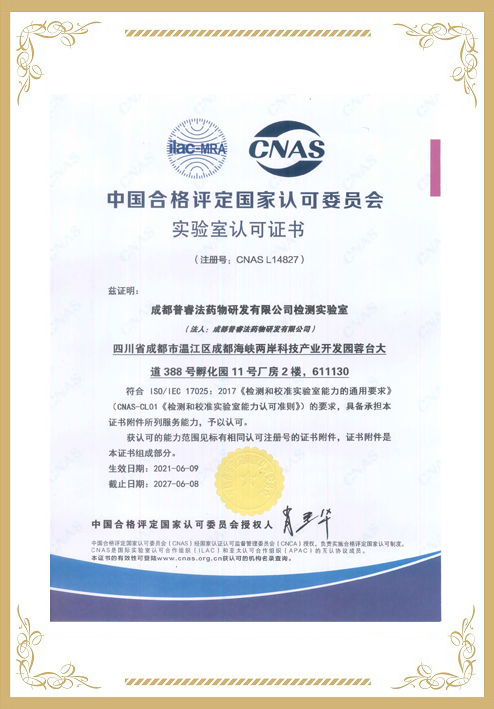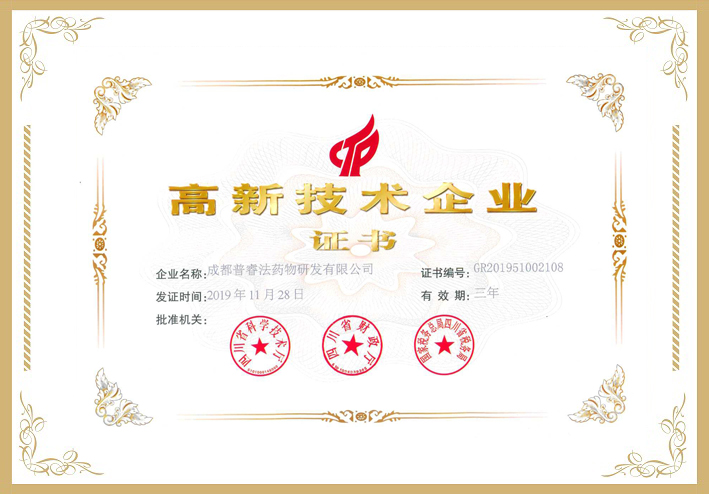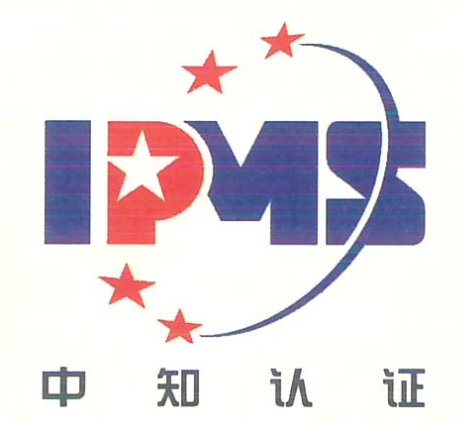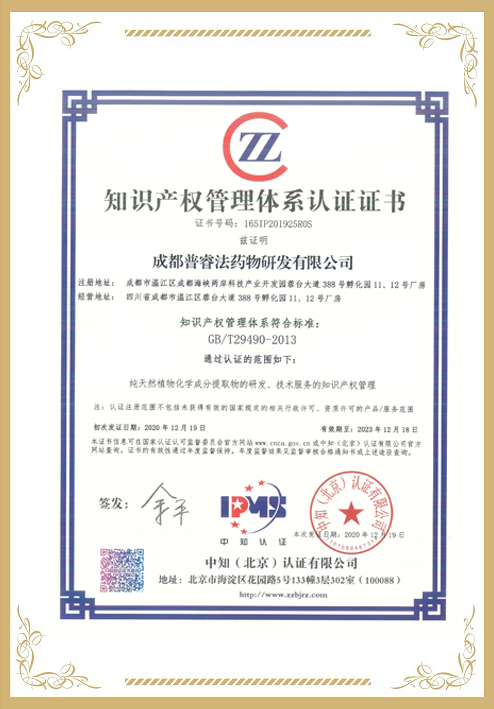Background
Shengmai Formula (SMF), a classic formula in treating Qi-Yin deficiency, is composed of Ginseng Radix et Rhizoma Rubra (GRR), Ophiopogon Radix (OR), and Schisandra chinensis Fructus (SC), and has been developed into various dosage forms including Shengmai Yin Oral Liquid (SMY), Shengmai Capsules (SMC), and Shengmai Injection (SMI). The pharmacological effects of compound Chinese medicine are attributed to the integration of multiple components. Yet the quality criteria of SMF are limited to monitoring schisandrol A or ginsenosides Rg1 and Re, but none for OR. Since the complexity of raw materials and preparations, establishing a economical and unified method for SMF is challenging. It is urgent to simultaneously quantify multiple components with different structures using a universal method for quality control of SMF. Charged aerosol detector (CAD) overcame the above shortcomings owing to its characteristics of high responsiveness, nondiscrimination, and low cost.
Purpose
We aimed to establish a versatile analysis strategy using HPLC–CAD for simultaneously quantifying the structurally diverse markers in quality control of SMF from raw materials to preparations.
Method
By optimizing the column, mobile phase, column temperature, flow rate, and CAD parameters, a HPLC-CAD method that integrated multi-component characterization, authenticity identification, transfer information of raw materials and quantitative determination of Shengmai preparations was established.
Results
In total 50 components from SMF were characterized (28 in GRR, 13 in SC, and 9 in OR). The differences in raw materials between species of SC and Schisandrae sphenantherae Fructus (SS), processing methods of Ginseng Radix (GR) and GRR, and locations of OR from Sichuan (ORS) and Zhejiang (ORZ) were compared. Fourteen components in 19 batches of SMY, SMC and SMI from different manufacturers were quantified, including 11 ginsenosides and 3 lignans. The multivariate statistical analysis results further suggested that Rb1, Rg1 and Ro were the main differences among Shengmai preparations.
Conclusion
The established versatile analysis strategy based on HPLC–CAD was proven sensitive, simple, convenient, overcoming the discriminatory effect of UV detector, revealing the composition and transfer information of SMF and applicable for authentication of the ingredient herbs and improving the quality of Shengmai preparations.























